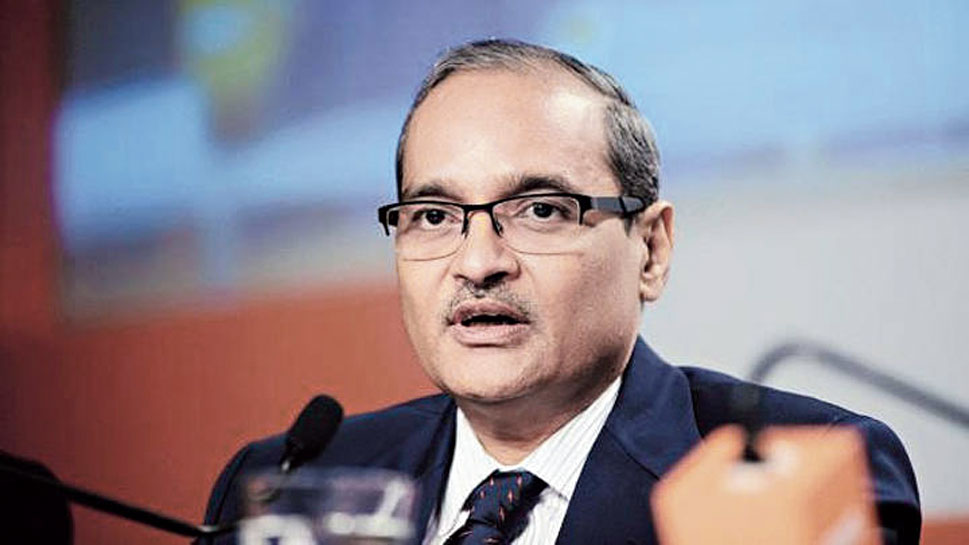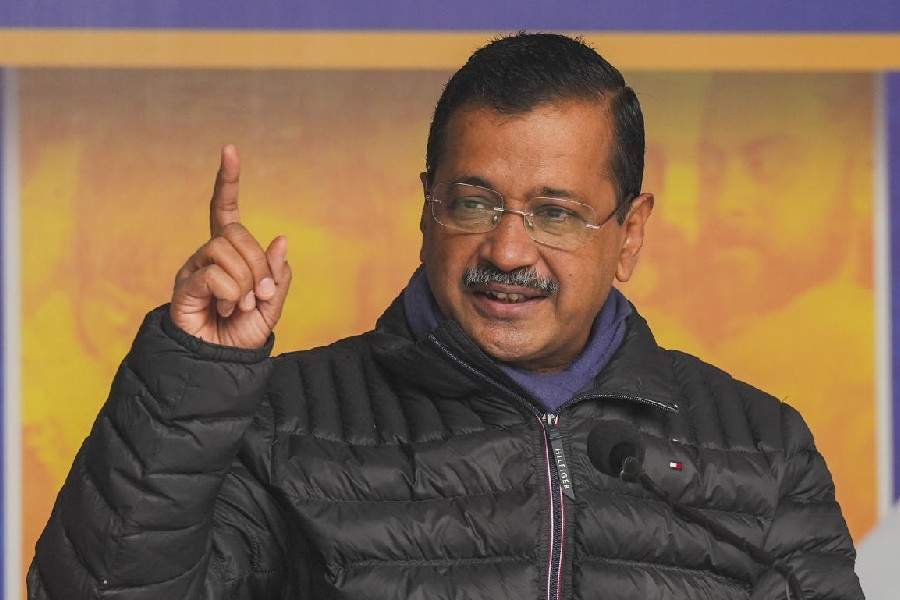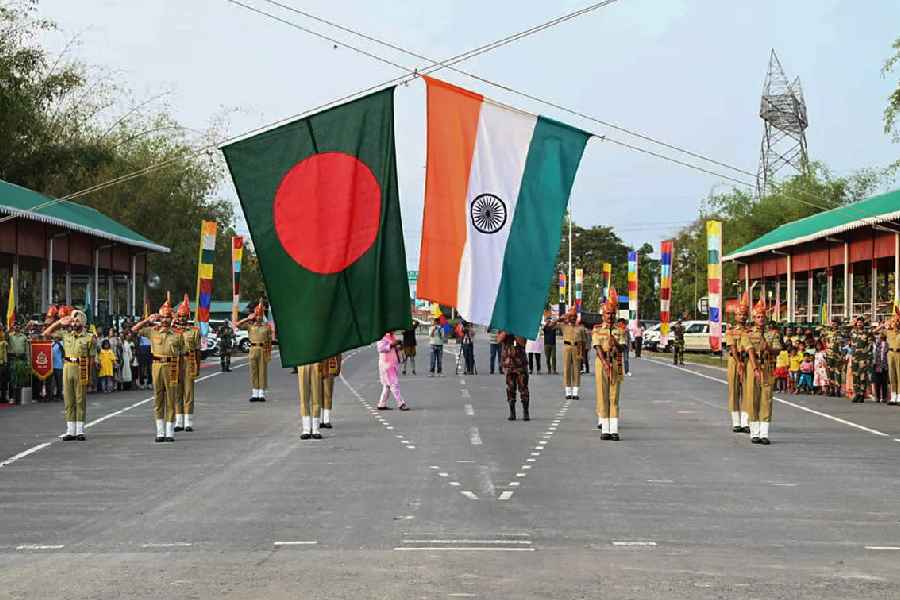JSW Steel is on the cusp of a major expansion, aiming to double capacity to 36.5 million tonnes a year. Basking in the after-glow of record-breaking profits, the company says it may not need to take on any more debt if it continues to generate at the current run rate.
The company joint managing director & CFO Seshagiri Rao tells The Telegraph that there is no way JSW will slip into the red even if steel cycle turns. Rao also spoke about cost pressure and floated the idea of levying a surcharge to cover spiralling coking coal prices.
JSW Steel’s EBIDTA (earnings before interest, tax, depreciation and amortisation) has gone up in absolute terms but EBIDTA per tonne has come down in n Can you explain?
Our blended sales realisation has gone up by 5 per cent while cost has gone up by 19 per cent. Coking coal prices trebled; from $110-120 a tonne, it went up to $400 a tonne. Iron ore prices came down globally but it did not come off to the same extent in India. Every other input cost, power, ferro alloy etc, has gone up. As a result, EBIDTA per tonne went down by about Rs 2,500 a tonne. However, sales volume was up which contributed to absolute EBIDTA going up. The same story will continue in thefuture as the new 5 MT expansion at Dolvi will come into production. Absolute EBIDTA will go up (this year).
How much production are you guiding for in 2021-22?
Our production will be 22.9 million tonnes (mt), which includes 18.5mt from JSW Steel, 2.8mt from BPSL, 0.6mt from Monnet and 1mt from the US operation. The sales guidance stands at 21.6mt. The second half will be better due to the Dolvi expansion and BSPL integration.
Why did JSW integrate BPSL even though it was not planned at the time of the acquisition?
BPSL did extremely well. It made an EBIDTA of Rs 2,020 crore in Q2. There was a debt of Rs 13,300 crore at the time of the acquisition. We have repaid Rs 3,300 crore from the cash flow already, plus there is a Rs 2,000 crore cash balance. The net debt is Rs 8,000 crore which means almost a 1:1 debt to annualised EBIDTA. So, the need to have a separate structure does not make sense.
JSW now holds about 87 per cent in BPSL. Will it be merged in future?
We keep a company separate till the turnaround. In the case of BPSL, a case is going on in the Supreme Court. Till the judgment comes, it will remain separate.
JSW is considering a raw material surcharge to mitigate cost pressures. Can you walk us through the proposal?
We have to devise a way to manage volatility. Globally, the surcharge is there in the US where steel prices are linked to scrap prices. In Europe, a major producer announced a $50 a tonne energy surcharge. But this is new in India. The success of the idea is contingent on customers accepting it. We will discuss it with them.
Are you only looking at the OEM customers who are in long term contracts for the surcharge?
Yes, but not in the retail or exports market. (OEM is 50 per cent of JSW’s sales).
What will be the impact on account of coking coal in Q3?
It will be a cost pressure of $ 100 a tonne as compared with $30 a tonne which we had absorbed. For the surcharge, we will take a base price as on July 1. Then we (the supplier and the buyers) have to agree on what will be the impact of any increase over the base price on per tonne of steel.
Iron ore prices are coming off. Will JSW benefit from it?
Iron ore prices have halved from the high of $230 a tonne to $110-120 a tonne globally. In India, prices have come down from Rs 6,500 a tonne by Rs 1,800 a tonne, this will be reflected in Q3.
How is the demand scenario expected to play out over the next two quarters?
Pick-up in the demand in Q2 was not good. But we are very optimistic of the pick-up in the second half. Solar, appliances, packaging will do well and construction is picking up. We expect robust steel demand from transition to renewable energy globally.
What is the roadmap for JSW over the next three years?
We will go up to 36.5mt by 2024 from 18mt. The Vijaynagar operation will be 19.5mt from 12mt, Dolvi is doubling to 10mt. At Bhushan, capacity is going up to 5mt.
This means JSW will not be able to bring down debt...
I don’t look at it that way. If the company makes annual EBIDTA of Rs 50,000 crore, (it did close to Rs 24,000 crore in Q1), the cash flow will be enough to fund the expansion, after factoring in dividend, interest and tax. Debt is not going up.
But what if the steel prices fall from this historic level?
JSW’s annual interest and depreciation cost is Rs 5,000 crore. Our Ebidta was Rs 26,000 a tonne. This company is never going to tumble into the red even if steel prices come down. If we consider the last 7 years average EBIDTA, factor in the structural changes made during the period in terms of increasing the share of value added product in sales, and cost reduction programmes, JSW is a solid proof company.
JSW still may have to take on debt for expansion if prices come off?
Our net debt to EBIDTA is 1.58 times as on September 30, 2021 but our commitment is not to go beyond 2.75 times. So, there is enough headroom for us (in the event cash generation comes down or if it takes on fresh debt). Total cost of expansion (from 18mt to 36mt) will be Rs 51,500 crore while net debt will be Rs 65,000 crore (assuming no fresh borrowing). This is very competitive. There is no way this company can falter.











